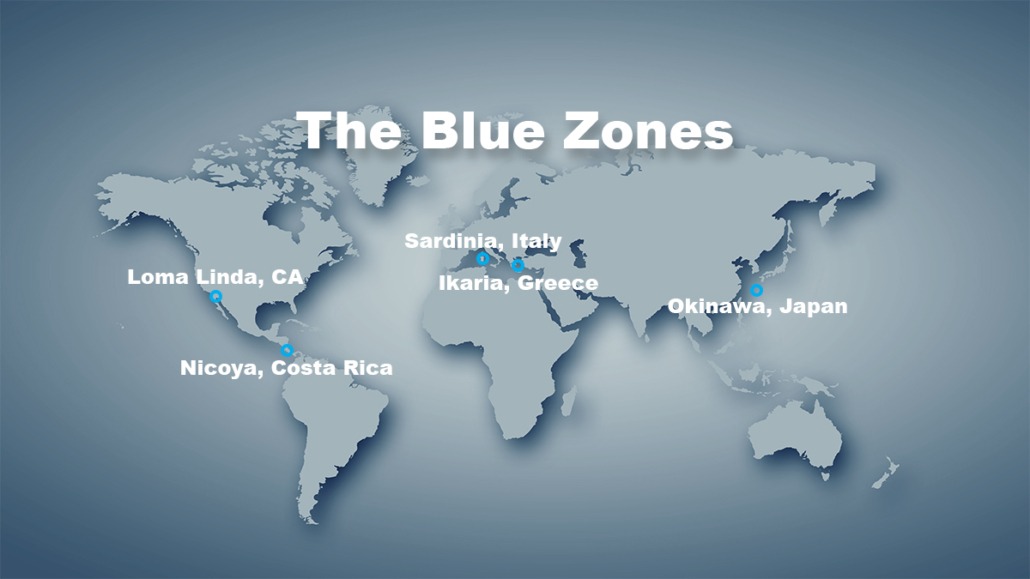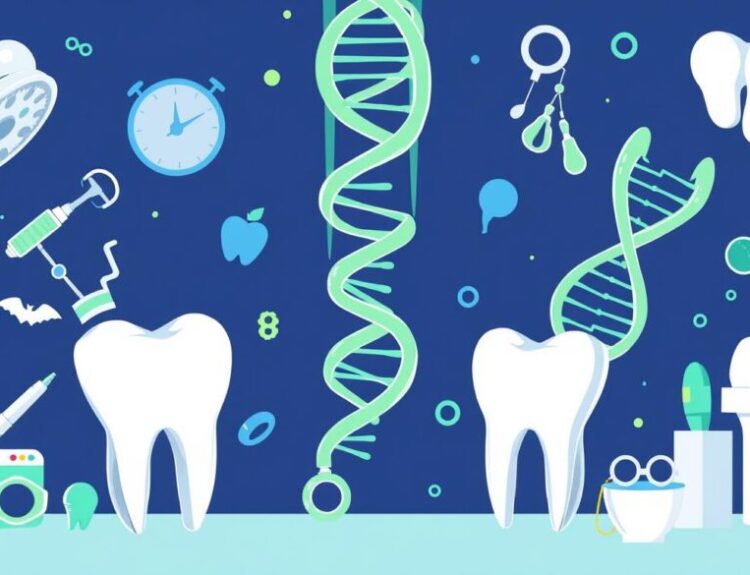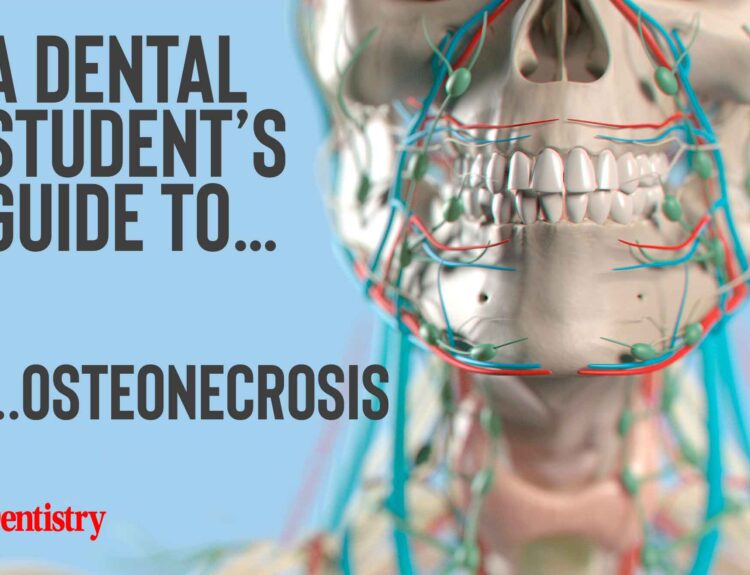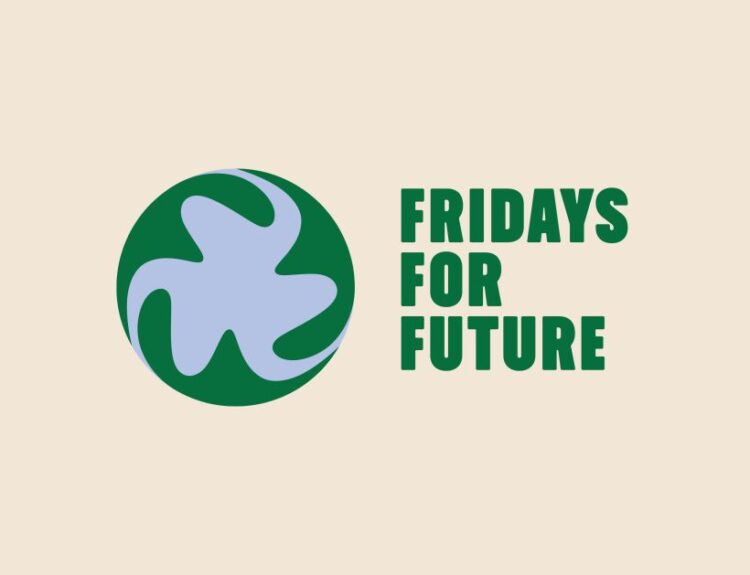It is surprising to observe that some communities, across the globe, thrive well into old age. They remain free from many of the chronic diseases that affect the rest of the world. This observation has led researchers to study the unique communities known as Blue Zones. Their residents live remarkably long and healthy lives, making their lifestyle a fascinating topic for anyone hoping to improve their own longevity.
What Are Blue Zones?
The term Blue Zones was coined by Dan Buettner, a National Geographic Fellow and an author. He along with a team of scientists and demographers, studied regions around the world where people lived significantly longer and healthier lives. These regions include:
Okinawa, Japan: This community is famous for its high number of centenarians, especially women, and a diet rich in vegetables, tofu, and sweet potatoes.
Sardinia, Italy: It is a mountainous region with strong family ties, a plant-based diet, and active lifestyles.
Nicoya Peninsula, Costa Rica: It has strong community bonds, outdoor activity, and a diet based on beans, corn, and tropical fruits.
Ikaria, Greece: It is famous for its Mediterranean diet, afternoon naps, and low stress levels.
Loma Linda, California, USA: It is a home to a community of Seventh-day Adventists who follow a plant-based diet, avoid smoking and alcohol and live by faith-centered principles.
Despite being thousands of miles apart, these communities share remarkable similarities in lifestyle and values.
Lifestyle versus Genetics
While genetics play a role in longevity, studies show that only about 20–30% of lifespan is determined by genes. Environment, lifestyle, and social factors determine the rest of 70-80%. The people in Blue Zones don’t rely on advanced healthcare systems or luxury supplements. Instead, they live by simple habits rooted in tradition, family, food and purpose.
Principles of Blue Zone Lifestyle
Dan Buettner and his research team distilled the Blue Zone lifestyle into nine common practices, known as the Power 9. These principles provide a roadmap for healthier and longer living.
1. Move Naturally
Unlike modern gym routines, people in Blue Zones stay active through everyday tasks. Walking, gardening, farming, and household tasks keep them moving without feeling like exercise. This low-intensity, consistent activity promotes cardiovascular health, muscle strength, and flexibility well into old age.
2. Purpose
Having a clear reason to wake up each morning is linked with longevity. In Okinawa, this is called Ikigai and in Nicoya, it’s referred to as a “plan de vida.” Purpose adds years to life and life to years, providing motivation and mental resilience.
3. Stress Reduction
Chronic stress is a great risk factor for heart disease, inflammation, and premature aging. Blue Zone residents practice daily rituals to unwind, whether it’s taking a nap in Ikaria, attending prayer in Loma Linda, or enjoying a glass of wine with friends in Sardinia.
4. Rule of 80% Tummy fullness
In Okinawa, people follow the Confucian-inspired practice of stopping eating when they feel 80% full. This prevents overeating, maintains a healthy weight, and reduces the strain on the body metabolism.
5. Plant-Based Diet
Across all Blue Zones, diets are primarily plant-based, with beans, lentils, and whole grains as staples. Meat is eaten sparingly, usually reserved for celebrations. Fresh vegetables, fruits, nuts, and olive oil (in Mediterranean zones) dominate the menu. This diet lowers risks of diabetes, heart disease, and certain cancers.
6.Alcohol consumption
Consumption of alcohol is not good for health and should be avoided. In four of the five Blue Zones, people enjoy alcohol in moderation. Sardinians drink Cannonau wine which is rich in antioxidants. However, drinking is typically done socially and with meals, not in excess.
7. Belong to a Community
Faith and spirituality are integral parts of Blue Zone life. Whether it’s attending church in Loma Linda or participating in local traditions in Ikaria, belonging to a community provides social support, reduces stress, and promotes healthier lifestyles.
8. Family First
Family bonds are strong in Blue Zones. Elderly parents often live with their children, and time spent with grandchildren is highly valued. This inter-generational support provides care, reduces loneliness and gives life deeper meaning.
9. Social Circles
The people you surround yourself with have a direct impact on your health. Blue Zone residents form strong, lifelong friendships with people who encourage healthy habits, laughter, and support during tough times.
Word of advice from Blue Zones
Most of us don’t live in rural villages or secluded islands, but the lessons from Blue Zones can still be applied to urban, fast-paced lifestyles. following are some ways to integrate these principles into your daily routine:
Walk: Instead of driving everywhere, walk short distances, use the stairs wherever possible.
Find purpose: Reflect on what gives your life meaning and pursue it, whether it’s a career, hobby or community service.
Manage stress: Incorporate meditation, prayer, deep breathing or simple breaks during the day.
Eat Vegetable: Shift your diet towards beans, lentils, vegetables, and fruits. Reduce processed food and sugar intake.
Adopt mindful eating: Serve smaller portions and stop before feeling too full.
Build connections: Invest in friendships, spend time with family, and engage in community activities.
Create healthy social circle: Surround yourself with people who support your goals and positive habits.
Quality of life in Blue Zones
One of the most striking aspects of Blue Zones is the low prevalence of chronic diseases. In Okinawa, rates of heart disease, stroke, and cancer are far lower compared to Western nations. In Ikaria, dementia is nearly nonexistent. Loma Linda’s Adventists live up to a decade longer than the average American due to their plant-based diet and abstinence from smoking and alcohol. This highlights that longevity is not just about extending years, but about extending the quality of life; living longer without suffering from debilitating diseases.
Challenges of Adopting a Blue Zone Lifestyle
While the benefits are clear, adopting the Blue Zone lifestyle is not always easy. Urban environments promote sedentary living, processed foods are more accessible than fresh produce, and social isolation is on the rise. Work-related stress and fast-paced routines make slowing down a challenge.
However, even small steps can make a significant difference. Walking more, cooking simple plant-based meals, and spending time with loved ones are accessible changes that align with the above mentioned principles of blue zone lifestyle.
Future of Longevity and Blue Zone Practices
As healthcare costs rise and life expectancy stalls in some parts of the world, the Blue Zone lifestyle offers a natural, cost-effective solution. Communities and governments are beginning to take note. Initiatives inspired by Blue Zones have been implemented in U.S. cities like Albert Lea, Minnesota, and Fort Worth, Texas, where changes in urban design, food availability, and social engagement have improved community health.
Take Home Message
The Blue Zone lifestyle isn’t a magic formula or a quick fix. It is a way of life rooted in simplicity, purpose, and connection. It teaches us that longevity isn’t just about adding years to life but about adding life to years. Eating more plants, moving naturally, nurturing relationships and finding purpose, we can take meaningful steps toward a longer, healthier, and more fulfilling life.








